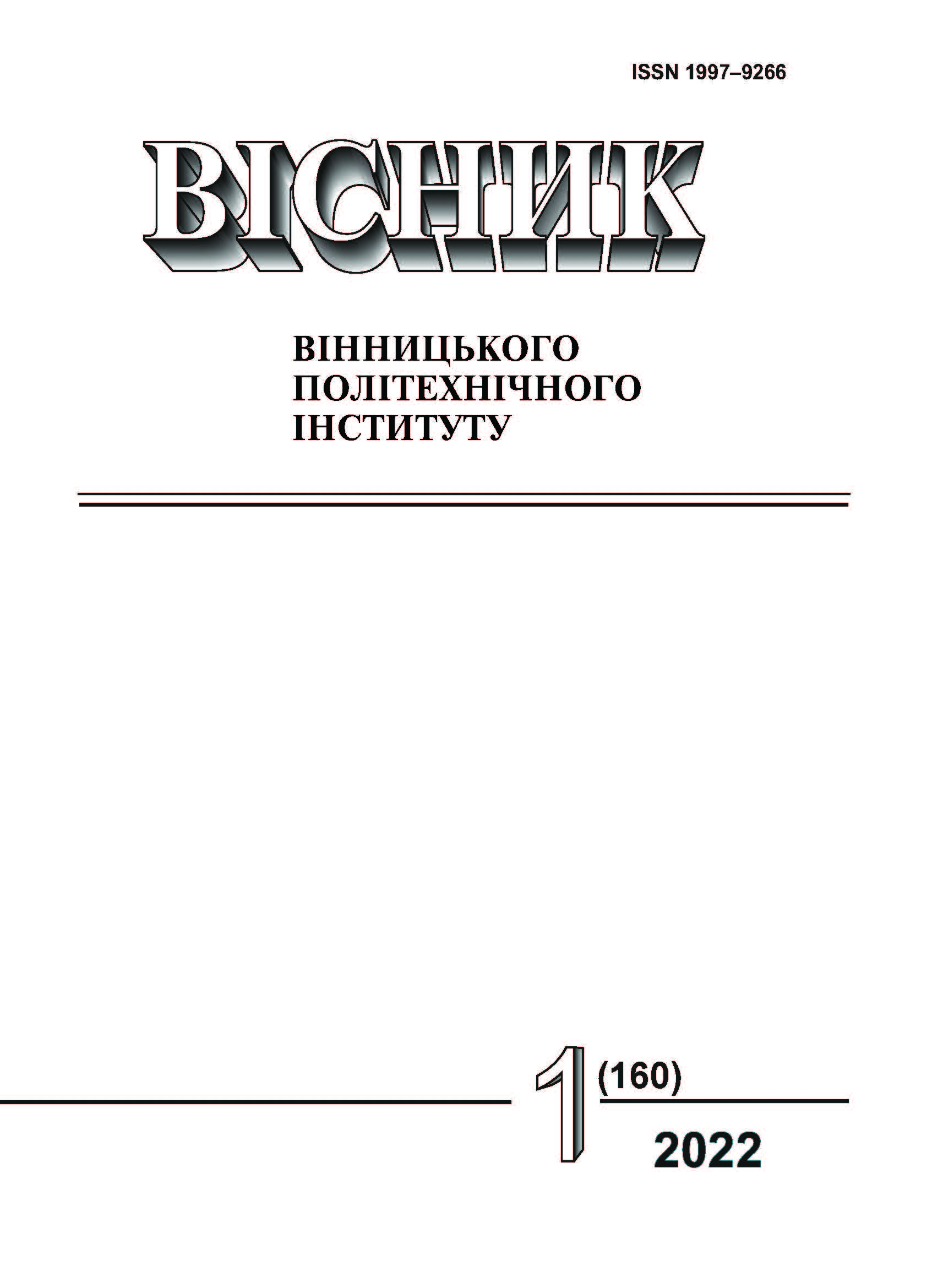Non-stationary Heat Exchange in a Vertical Cylindrical Volume Filled with Liquid
DOI:
https://doi.org/10.31649/1997-9266-2022-160-1-16-20Keywords:
heat transfer coefficient, the studied liquid medium, heat exchange, large volume, limited volumeAbstract
The paper analyzes the conditions of convective heat transfer in the "limited volume" and in the "large volume". It is established that the process of heat exchange in the elements of the basic experimental setup in the system of experimental calculation method corresponds to heat exchange in a "large volume" under conditions of free convection. An experimental stand for the study of nonstationary heat exchange in the system "environment I ― body II", the main elements of which are two working cavities — the outer filled with water, volume V1, and the inner filled with the studied liquid medium volume V2, and V1 is larger V2 3 times. The results of experimental determination of heat transfer between the inner surface of a thin metal cylinder and the investigated liquid medium in a limited space for the system “environment I — body II” under the conditions of laminar regime of both the environment and the investigated liquid medium are presented. The heat transfer coefficient was investigated using the calculation-experimental method during heating and cooling of refined sunflower oil, distilled glycerin, sugar solution with a concentration of 50 %, 60 % under conditions of free convection. The experimental results are compared with the results of studies by well-known authors for "large volume" conditions. The conditions of the heat exchange process during the experiment at different directions of heat exchange in a "limited volume" (inside a thin-walled metal cylinder with the liquid under study) are described. It is substantiated that at the surface of a cylindrical metal wall in the process of heat exchange a thermal boundary layer is formed, within which the coolant temperature changes and heat transfer within the boundary layer occurs due to thermal conductivity. The criterion equations for determining the heat transfer coefficient during heating and cooling of the investigated liquid medium under free convection conditions are obtained.
References
С. Й. Ткаченко, і Н. В. Пішеніна, Нові методи визначення інтенсивності теплообміну в системах переробки органічних відходів, моногр. Вінниця, Україна: ВНТУ, 2017.
F. P. Incropera, D. P. Dewitt, T. L. Bergman, and A. S. Lavine, Fundamentals of heat and mass transfer. Danvers: John Wiley & Sons, Inc, 2011, 997 р.
В. П. Исаченко, В. А. Осипова, и А. С. Сукомел, Теплопередача, учеб. для вузов, изд. 3-е, перераб. и доп.. Москва, Россия, 1975, 488 с.
М. А. Михеев, и И. М. Михеева, Основы теплопередачи, изд. 2-е, стереотип. Москва, Россия: Энергия, 1977, 344 с.
А. В. Лыков, Тепломассообмен, справ. Москва, Россия: Энергия, 1971, 560 с.
Downloads
-
pdf (Українська)
Downloads: 239
Published
How to Cite
Issue
Section
License

This work is licensed under a Creative Commons Attribution 4.0 International License.
Authors who publish with this journal agree to the following terms:
- Authors retain copyright and grant the journal right of first publication.
- Authors are able to enter into separate, additional contractual arrangements for the non-exclusive distribution of the journal's published version of the work (e.g., post it to an institutional repository or publish it in a book), with an acknowledgment of its initial publication in this journal.
- Authors are permitted and encouraged to post their work online (e.g., in institutional repositories or on their website) prior to and during the submission process, as it can lead to productive exchanges, as well as earlier and greater citation of published work (See The Effect of Open Access).





